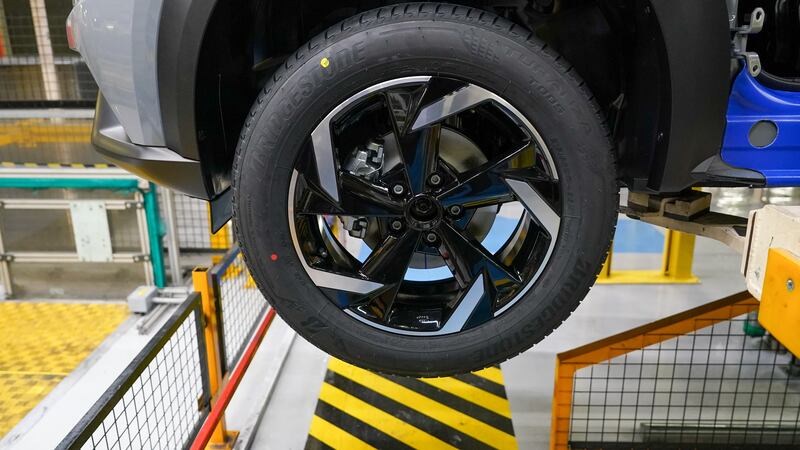WHEN I was young my grandmother used to say to me: “Put your shoulders back and point your toes out when walking.” I did actually listen to her and my posture has probably benefited from this advice.
It’s relatively obvious to see how standing straight would improve the mechanical balance of the skeleton – but have you ever heard of tongue posture?
Yes, there is such a thing as good and bad tongue posture and it’s not a silly notion as it can have detrimental knock-on consequences for your whole body. The tongue is meant to rest sitting upwards in your mouth, touching the hard palate about a centimetre above your lower teeth.
It’s not meant to rest downwards, sitting forwards, pressing on the front teeth. If the tongue is forward, then this can actually move the teeth. The average human swallows about 2,000 times a day so that’s 2,000 times that the mega muscle tongue is exerting force on the teeth, making them protrude and opening up space between teeth.
Because there’s not enough force on the palate from a low-lying tongue then the upper jaw will develop narrower, causing a thin smile with crowded teeth. Often when this happens it also pushes the lips apart, causing more mouth breathing which can elongate the face during growth rather than causing a squarer-shaped face with good cheekbone definition. It can also add to speech impediments, snoring and teeth grinding.
You can test whether you have a forward tongue posture – simply swallow and if you can see the tip of your tongue between your front teeth then your tongue rests forward.
You can actually retrain your tongue, but it needs dedicated practice. Studies have indicated that by widening the roof of your mouth you can improve your airway which can be achieved with a brace and tongue training.
One exercise is to place the tip of your tongue against the roof of your mouth, just behind and above your top teeth. Then using suction pull the middle of your tongue flat so that it touches your palate while closing your mouth – now hold it there taking slow deep breaths for the count of five. Try repeating this several times a day.








